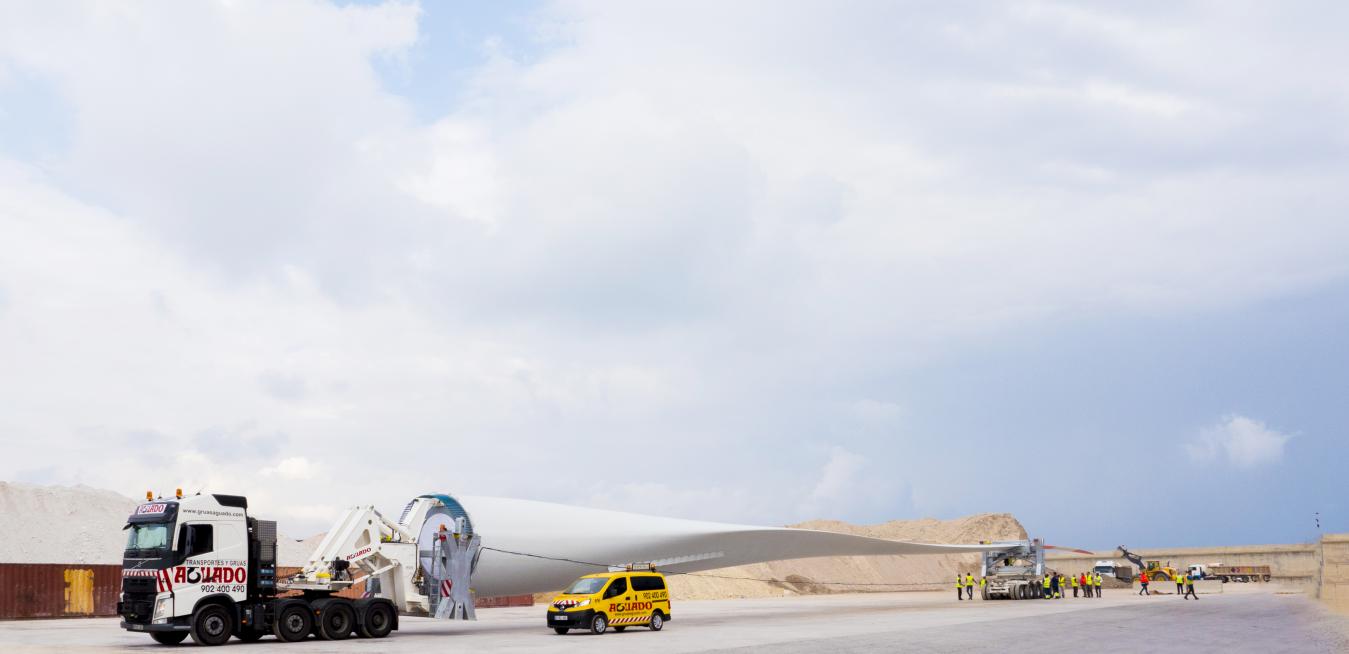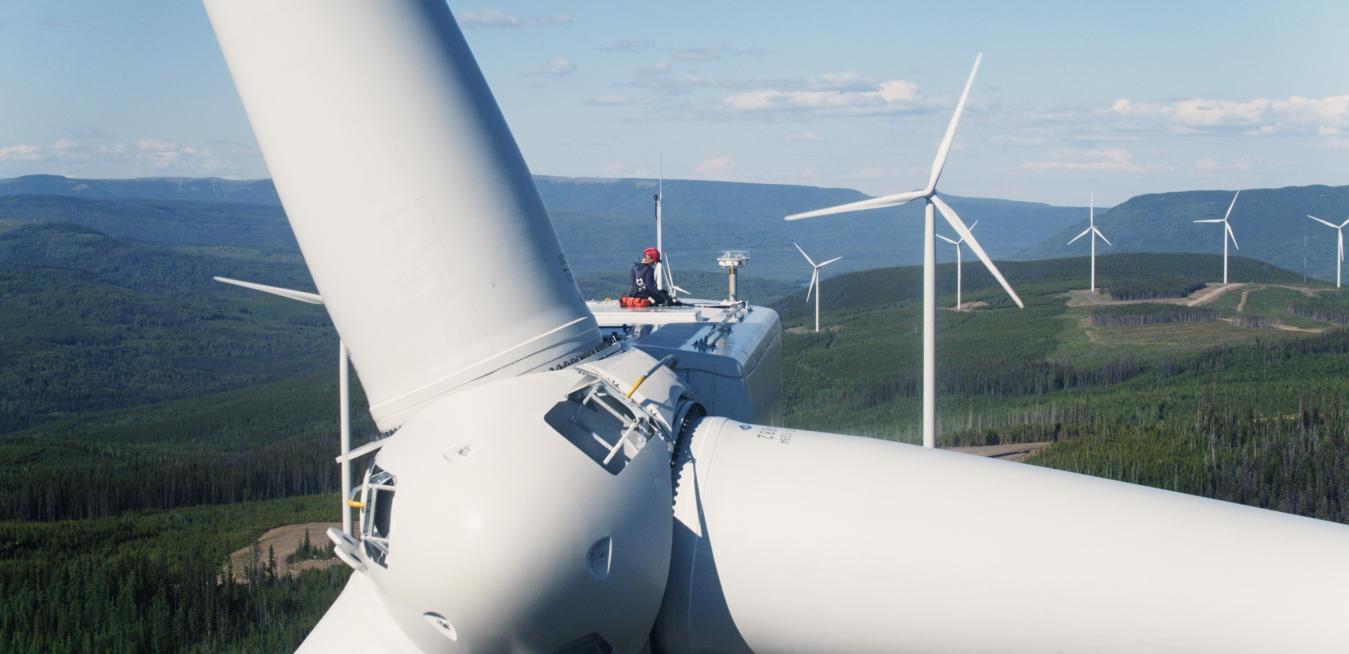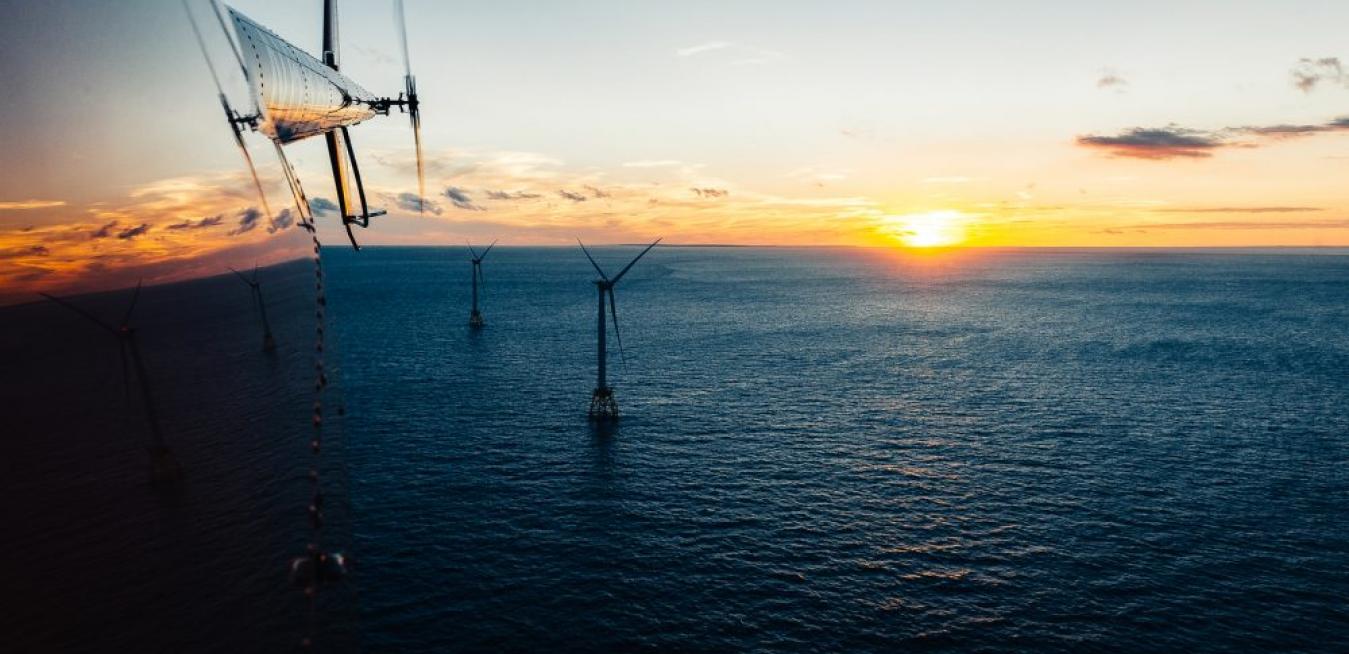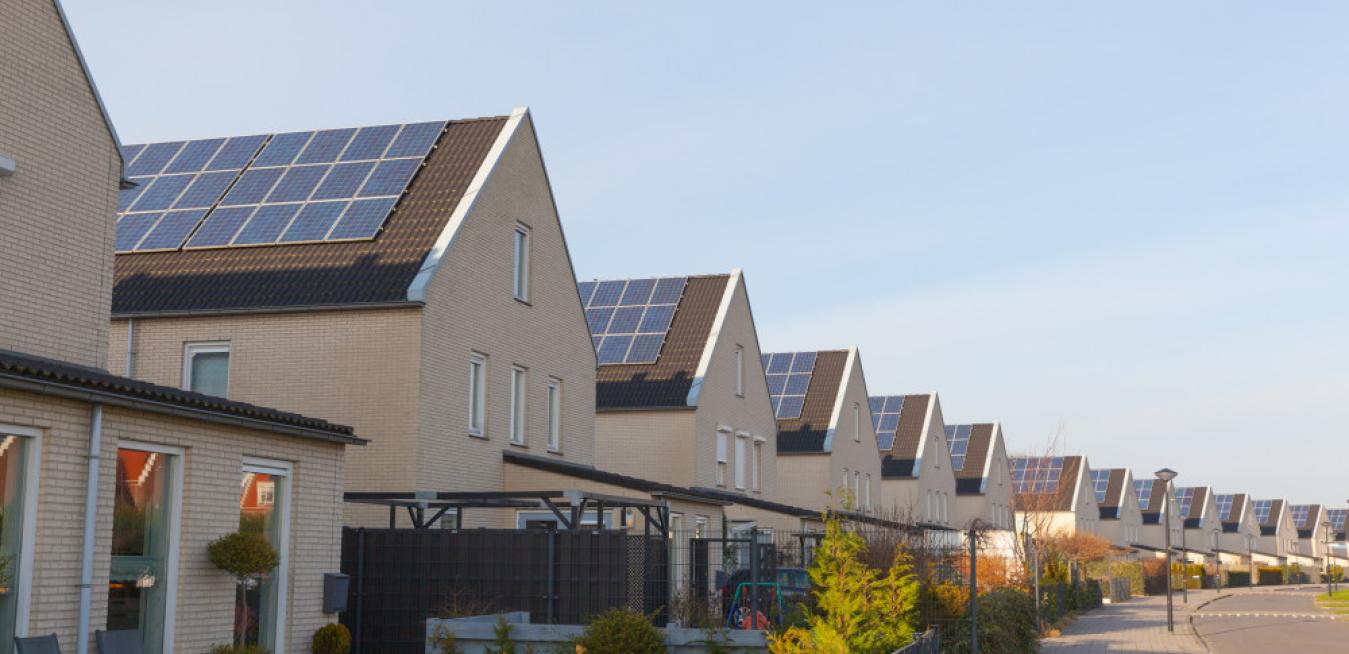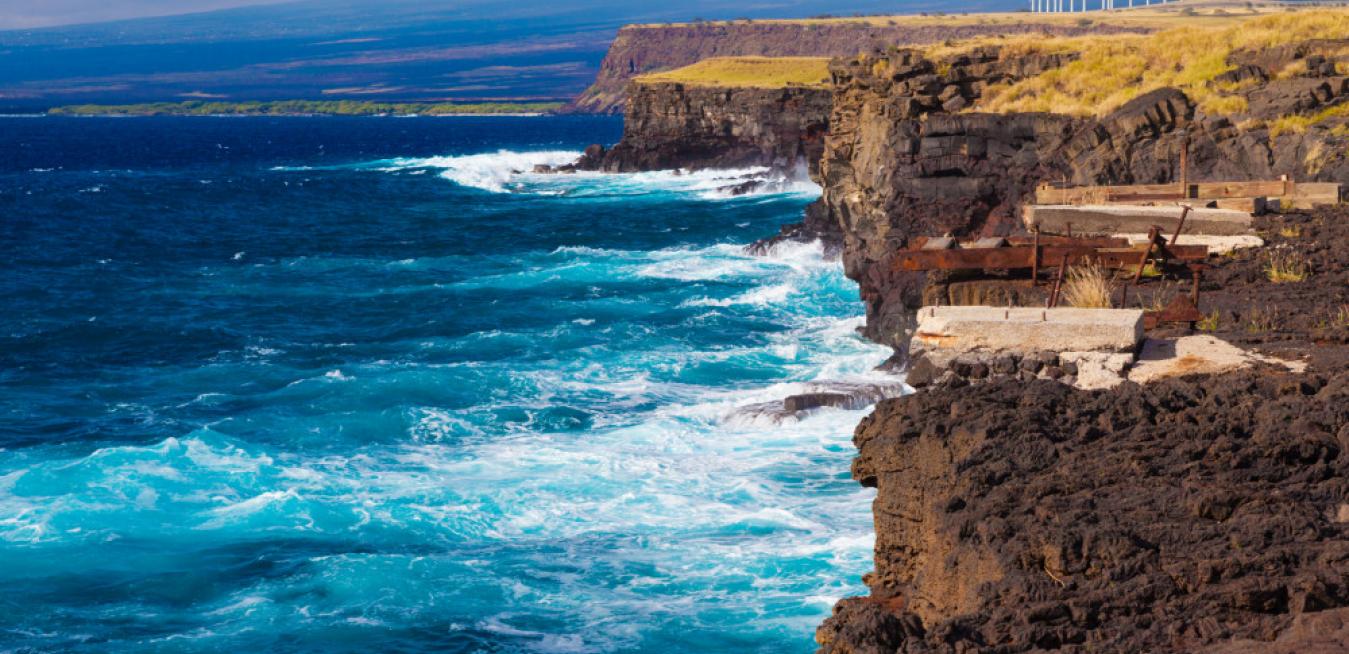- Highlights $4 MM Advanced Research Projects Agency-Energy (ARPA-E) ATLANTIS project during ARPA-E’s Virtual Innovation Summit
- Project involves the design and development of optimized controls that could enable future offshore turbines 35% lower in mass compared to current designs for floating offshore turbines
- Floating Turbines would open up possibility for offshore installations at depths beyond >60m
- Would dramatically expand potential of US offshore wind
For media inquiries, please contact:
Todd Alhart
Director, Innovation Communications
GE Aerospace
+1 518 338 5880
[email protected]
business unit
tags
- Caps successful completion of five-year project through the U.S.
For media inquiries, please contact:
Todd Alhart
Director, Innovation Communications
GE Aerospace
+1 518 338 5880
[email protected]
business unit
tags
- U.S. Department of Energy grants GE supercomputer access at Oak Ridge National Laboratory in Tennessee
- GE Research will accelerate new advancements in wind power supporting renewable energy
- Project insights will bolster the DOE’s leadership in exascale computing for clean power through collaboration with the National Renewable Energy Laboratory (NREL)
NISKAYUNA, NY – August 5, 2020 – GE scientists have been authorized by the U.S.
business unit
tags
There’s been more than a little jubilation in the offices of clean-energy developer CWP Renewables, as the arrival in Newcastle of the first of 46 ultra large GE Cypress turbines — each of which can generate 5.3 - 5.5 megawatts (MW) — coincided with the achievement of a successful grid-connection agreement for the company’s Bango Wind Farm near Yass in New South Wales.
Moving a human kidney, a wind turbine blade or a 400-pound nacelle requires a deep understanding of your precious cargo and some creativity when it comes to employing planes, trains and automobiles (or in this case drones, trucks and boats). Here’s a look at how GE got three important parcels from point A to point B:
If last year is any indication, the next decade belongs to renewable energy. Debora Frodl, Global Executive Director at GE Ecomagination, and Yves Rannou, President and CEO for GE Renewable Energy, Hydro, share three reasons that propel the business case for renewable energy.
Meet Nick Miller, a power-systems engineer with a passion for integrating renewables into electricity grids. Here’s a guy who can ramp up a high-energy discussion just by rubbing wind and sun together. As Senior Technical Director for GE Energy Consulting, Miller also advises industry.
The problem of “too much” renewable energy on a grid can be solved with blockchain, a technology most often associated with bitcoins. Blockchain will provide a transparent way for households and businesses to trade renewables with each other. Laurent Schmitt, Smart Grid Strategy Leader for GE's Grid Solutions business, explains how it will work.
Bitcoin is one of the most revolutionary ideas to come out of the tech world. A whole new form of currency was created from nothing, but people are now using it to buy everything from coffee to electronics.





